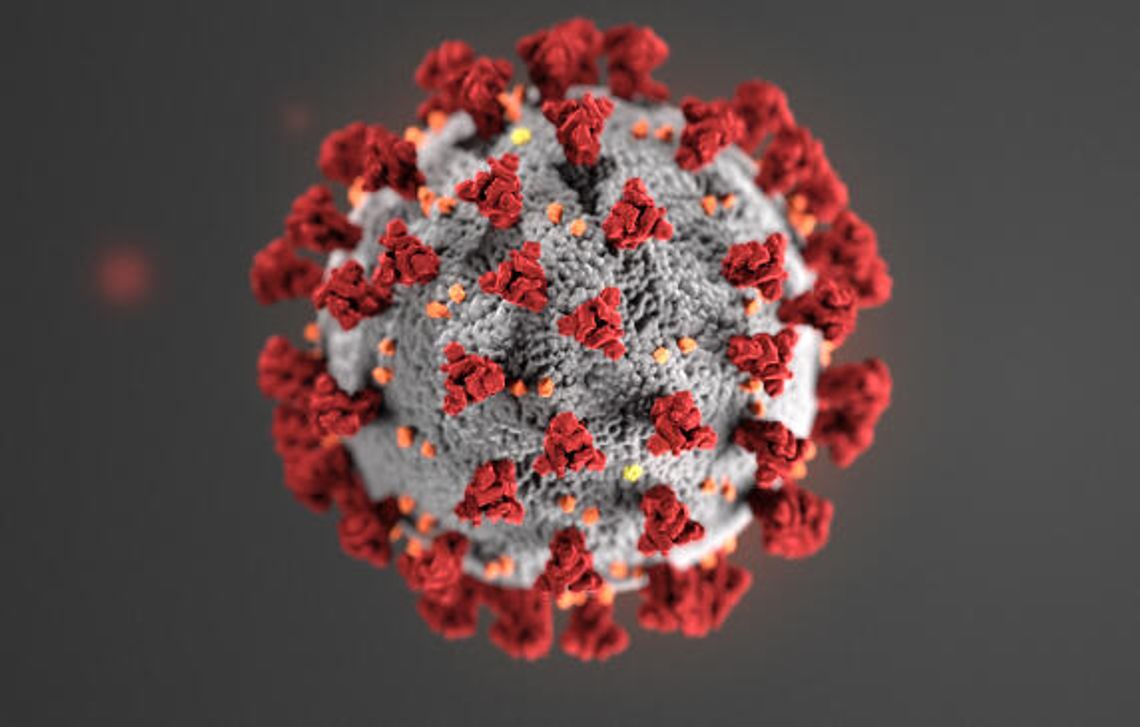by Sahar Chmais
DRIPPING SPRINGS/WIMBERLEY – Wimberley and Dripping Springs independent school districts might be able to give other schools in Hays County insight on what it means to come back to school from the hyper-vacation students took since March.
The two districts have differing reopening plans, but they are implementing many similar points when it comes to student safety. During an online town hall discussion with Dist. 45 State Rep. Erin Zwiener, the superintendents discussed how each district is handling COIVD-19 through attendance options and other safety measures. The three options students can partake in are synchronous, asynchronous or in-person classes.
In Wimberley ISD, which has reopened its classrooms for Pre-K through fifth grade students and special needs students, between 63% to 70% of parents have chosen to send their children back to campus, said Superintendent Dwain York. Walking through the school hallways and getting feedback from teachers and students, York said that everyone was excited to be back on campus.
The percentage of parents ready to send their children back to campus in Dripping Springs was slightly lower, about 60%, according to Superintendent Todd Washburn. Campuses for Dripping Springs will not reopen until Sept. 14, but the district is planning ahead and has been in contact with other districts in Central Texas to help formulate the best plan.
Since Wimberley ISD elementary schools reopened, York said the school campuses have been tailored in a way to minimize spread. Common areas, entrances and classrooms have been equipped with hand sanitizers. Everyone, even students under the age of 10, are required to wear masks. As an added safety measures, desks have plexi-glass around them. When students walk through hallways, they are to stay on their side and try to be as socially distant as possible. During lunchtime, students are separated by the six-feet rule. Highly touched areas, such as door knobs, are being sanitized while students sit in their classrooms.
Dripping Springs ISD plans to follow a similar protocol when it comes to hand sanitizers and mask requirements. Washburn said the district will be adding more staff to the custodial department to keep up with all the cleaning. Schools in the district will also have stickers placed around reminding students to stay apart and to wash their hands.
Screening is requested to be done by parents. If a child shows any symptoms, both districts ask that parents keep their children home. The responsibility of staying safe goes beyond what the school does within its walls. Districts are asking that parents practice safety measures of social distancing, frequent hand washing and staying home if they have any symptoms. This reduces the chances of contracting and passing the virus within schools.
While parents and schools work to minimize the spread from each end, there is still the risk of an outbreak. Both Wimberley and Dripping Springs ISDs are working with the Hays County Health Department for contact tracing. They are keeping track of the infection rates within the county and its weekly trends. Wimberley ISD said that if a student gets ill, they will follow up on whether they are staying home and make sure they have access to see a physician or that they are being taken care of.
Outside of the safety concerns, these school districts want to find out how they can best serve students’ educational needs. Part of that has been providing the devices and tools for remote learning. But in Wimberley’s case, wifi signal can be weak in certain areas. York said that the district has worked with churches and libraries around the city to help with wifi access. The district has also provided hotspot devices. If there is an issue with access and devices, York asked that parents notify his office so they can fix the issue.
Washburn said that if there are connection issues, parents should reach out to their child’s school to get the problem fixed.
Coming back to this year, districts have learned how to enhance the online learning experience and fix some of the previous mistakes. Both districts have taken the time to develop a better plan with teachers on how to better this year’s online courses. For example, teachers in Dripping Springs ISD took a course of more than 15 hours, training for remote learning, Washburn said. Teachers are feeling more prepared and students have given positive feedback on the new system, Washburn added.
This time around, parents should expect a better formulated and more organized learning curriculum. Parents are encouraged to reach out to teachers if they have any questions or concerns.
Online resources should not only be used by those doing synchronous or asynchronous classes. If a student stays home due to illness and cannot come back until their COVID-19 test results are ready, they can utilize the online tools. This method ensures that students do not fall behind on their coursework, especially if tests results take a long time to come back, said Washburn.
One of the final thoughts discussed in the meeting flipped the narrative. Instead of saying what the school can do for its students, the superintendents talked about what the state can do for the schools.
York said the district gives away millions of dollars to the Robin Hood act, which diverts property tax dollars from school districts considered wealthy in property, to poorer districts within the state. He said he would like his district to keep the money to pay for the additional employment and staffing that is needed, an idea both men agreed on.










